Marijuana is a versatile plant that can be grown in different soil types, but one of the most debated is growing marijuana, in muddy grounds. Clay has often been the subject of criticism because of its compaction and poor drainage issues.
However, many marijuana growers also swear by clay soil because of its nutrient and water retention capacity. While there are different soil types and various cannabis growers have differing preferences, gaining a deeper understanding of muddy soil, its benefits, and its drawbacks is a way to turn the tables in favor of your cannabis plants.
Valuable tips to successfully cultivate cannabis in muddy grounds and achieve optimal plant health
This article will help you take a closer look at the pros and cons of growing marijuana in muddy ground as well as impart valuable tips and tricks for handling muddy ground. So, whether you’re a seasoned grower or a beginner looking to try your hand at growing marijuana, this article will help you grow marijuana plants in mud ground!
Read on to learn more about the pros and cons of growing in clay soil.

Clay soil is a type of soil characterized by its dense and heavy nature. Compared with other soil types, many cannabis growers love the idea of growing marijuana in muddy soil because it is effective in holding essential minerals and nutrients that help their plants grow and prosper.
Mud ground is very dense because of its tiny mineral particles that are tightly packed together, which makes it difficult for air and water to circulate. Although many growers find it challenging because of these characteristics, others also applauded clay, with its high pH levels.
As marijuana plants require pH levels of at least 6.0 to 7.0 levels, it is quite a challenge for other soil types to satisfy this need. Other than having high pH levels, it´s also rich in vital nutrients such as calcium, potassium, and magnesium that help marijuana plants to grow, and achieve their maximum yields.
When growing marijuana plants, especially among novice growers, understanding the benefits of using clay soil is important to help you make an appropriate decision. Here are some of the advantages worth considering:
One of the major benefits of using clay soil in growing your marijuana plants is that this type of soil offers good water retention. Mud soil has a dense structure that locks in moisture for an extended period, benefiting your marijuana plants in taking the needed moisture level for their optimal growth.
Clay soil also offers an excellent way to hold essential minerals and nutrients for your marijuana plants. It is because this soil type contains a high cation-exchange capacity that locks nutrients like nitrogen, potassium, and phosphorus, making them readily available to the plant as it grows.

Marijuana plants are known to be quite tricky plants to grow, depending on the strain type, some marijuana strains require pH levels between 6.0 and 7.0 in their soil. Clay soil, on the other hand, offers a high pH level that promotes better overall plant health and growth, increasing the plant’s ability to absorb essential nutrients and minerals.
As mentioned, clay soil has an ideal water retention capacity, allowing marijuana plants grown in this type of medium to have access to water for an extended period without requiring frequent irrigation. Using mud soil in growing marijuana plants saves you from common issues like overwatering or underwatering.
However, it is essential to note that while mud soil requires less frequent watering, growers should not leave their plants unattended for too long as it can cause the soil to become too compacted or dry and can lead to root stress.
Now that you know the advantages and benefits that come along with using mud in growing your marijuana plants, it is important not to disregard its drawbacks. Knowing the disadvantages helps you think of advanced solutions to these possible challenges.
As discussed, clay soil has quite a dense nature. This attribute imposes a challenge for many cannabis growers as it leads to bigger future issues like causing disruption, to the plant’s growth, weak roots, and more.
Another issue you may face when opting to grow marijuana plants in muddy grounds is its poor drainage. Although muddy soil is excellent in retaining water and helping your marijuana plant get access to water, this may also cause an issue when overlooked. For instance, water logging is a condition where the soil is saturated with water, which can lead to root rot and other issues that can damage or even kill the plant.
To prevent this, you can improve your soil’s drainage by incorporating sand or perlite into the soil and using raised beds to promote drainage.

Another disadvantage of growing marijuana plants in mud ground is that it is difficult to amend as mud ground has a heavy, and very dense nature. Such characteristics make it challenging for cannabis growers to incorporate natural fertilizers and even synthetic ones to improve soil quality and boost your plant’s optimal health. Moreover, its heavy compact structure tends to hold nutrients too tightly which often gives your plant a hard time picking the right essentials it needs.
Growing marijuana plants requires time, effort, and knowledge to gain success using this growing medium. When you follow these tips and tricks, you are certainly a step forward to achieving your goals!
As discussed above, one of the common disadvantages of using clay soil in growing marijuana plants is its poor drainage. To prevent this from harming your plant, you need to improve drainage, allowing water to flow away from the plant’s roots.
To do this, follow this guide:
Another tip when growing marijuana plants in clay soil is to incorporate organic matter, such as compost, leaf mold, or aged manure into the soil to improve soil structure, aeration, and water-holding capacity.
Another tip to keep in mind is to regularly monitor the soil’s pH levels to ensure your marijuana plants have all the essential nutrients they need. Never let the pH levels be too low or too high as both scenarios have a negative impact, on your plant’s health. To further guide you, follow these:

You may also make use of mulch to regulate moisture levels in your mud ground. As mud ground has a denser nature compared with other soil types, regulating water or moisture levels in your soil can be quite a challenge. But if you use mulch, this effectively resolves the issue and even improves your soil quality!
Mulch can be any type of organic matter such as:
Lastly, make sure to water slowly. As clay is excellent at retaining water, you need to be very patient when watering your marijuana plants in clay soil. This is one of the most important tips you should never disregard as overwatering or underwatering your cannabis can lead to further issues like waterlogging, nutrient deficiencies, slow growth, rot root systems, and more.
It is highly recommended that when watering your marijuana plant, take your time and allow your plant to absorb all the water. This means watering in small increments, allowing the water to permeate the soil before continuing to water.

Overall, understanding the pros and cons of growing marijuana plants in clay soil opens our minds to the realities we may face in growing our plants in such a growing medium. However, despite the list of drawbacks and possible challenges you may encounter as a grower, focusing on the positive side and the benefits will help you find better solutions to counteracting those challenges. The additional tips and strategies above will also equip you to grow high-quality cannabis with impressive profiles and attributes.
Moreover, it is imperative for marijuana growers, to understand how mud ground works, its strengths, and weaknesses to better grow their plants in this medium. When you know all the ups and downs of muddy grounds, you are one step ahead of the game!
Growing marijuana in clay soil offers several benefits, including:
While clay soil has its advantages, it can present some challenges, such as:
To achieve successful cultivation in clay soil, follow these tips:
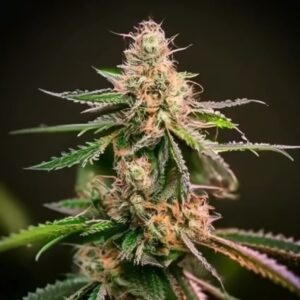


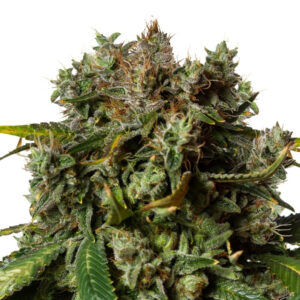

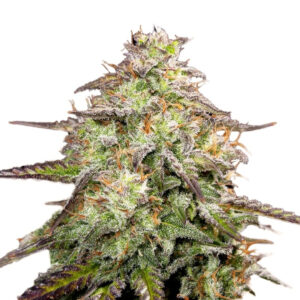
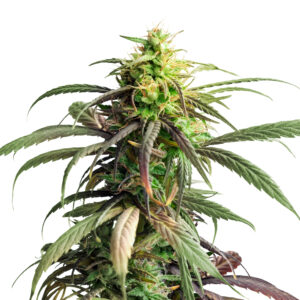






Related Posts

Once you plant it, it will do what mother nature intended; it will grow. However, if you want it to flourish you should avoid making the following rookie mistakes.
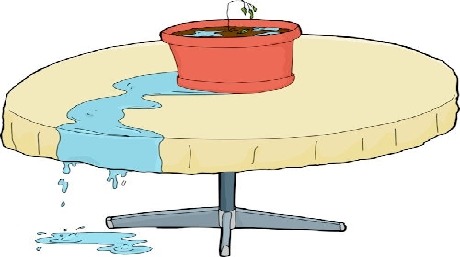
Let me be blunt…no pun intended…
Growing weed is not for the faint of heart. There is so much that can g(r)o(w) wrong and often times it takes a whole lotta trial and error to troubleshoot your problem. Nonetheless, reaping the rewards of a crop well maintained makes it all well worth it.
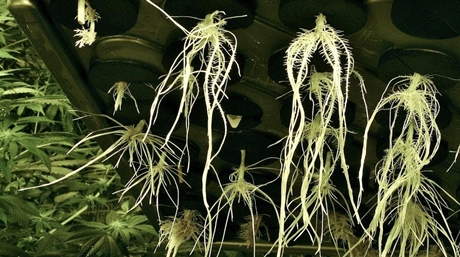
Like all flowering plants, marijuana is supposed to smell wonderful and flowery. If the marijuana you’re growing starts to smell like rotten eggs, then you know you have a problem and it might just be root rot.